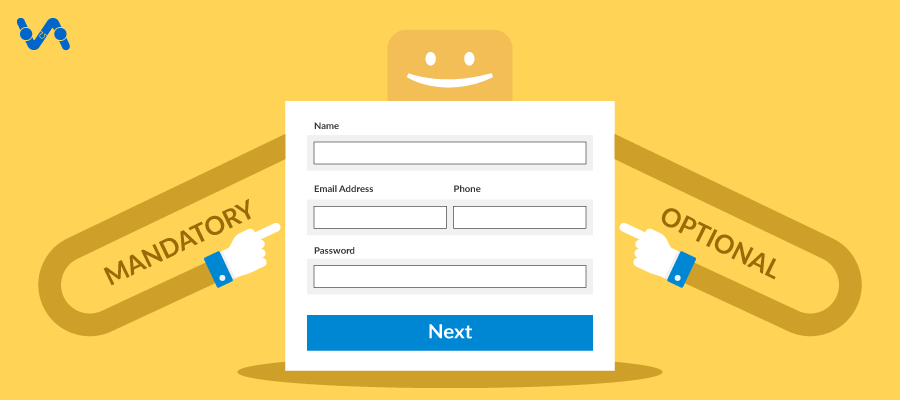
What do you think..? What is the backbone of the lead generation..?
Is it your relationship with others in the market..? Your company’s image..? Your way of publicity or advertisement..? Or your social media marketing..?
What would it be..?
If you chose anything from the above, this time you are slight wrong.. 🙂
Don’t worry..!! Do you want to know what is the backbone and how you can grow your business…?
You can grow your business by opting “contact form” on your website because this is the backbone of the lead generation.
Many businesses are unsuccessful today because they are not designing them correctly or not using them.
Firstly, I would like to tell you, how many types of the contact form you can use on your website:
General Contact Form
This is the main general contact form on your website that can usually be found on the contact us page. You should include the relevant fields that are important for your business followed by the full name, telephone, email address.
Callback Contact Form
This form provokes someone to get in touch and have the compact design and located at handy places on the website. Included fields are the name, phone number, email id (may be optional).
Page Specific Contact Form
This is a package specific contact form and contain page specific form field. For example: you offer different packages on different pages. So, it’s easy for the customer to make an inquiry for a specific offer in comparison to general form.
According to the Formstack’s 2014 Form Conversion Report,
- Only 6% of users would fill in roughly 19 form fields of an order page
- 28% of people entering a contest will tolerate 10 form fields
- But only 3% of users will fill out 4 fields on a contact form
Always remember, when you are choosing a field for the contact form, that should not let your customer feel interrogated. So, you should know how to design a contact form. For this, firstly you need to understand the sales funnel to develop your landing page form strategy.
To decide how many form fields you should include, confirm where in the marketing funnel your offer is being placed:
Top of the funnel
Here you can create as many leads as possible, so many form fields are not needed for creation. Afterward, you can nurture them to a sale through email.
Middle of the funnel
Explains your visitor why your product or service is the best option to solve their problem. Typical content is not only limited to, webinars, case studies, free samples, etc.
Bottom of the funnel
This is the purchasing stage. Here, the prospects know what they want, have evaluated all options, and are ready to buy. These contact forms are longer because businesses want as much qualifying information as possible to close the sale.
Now, after developing the strategy you need to decide which form field should be mark required and which field should be optional:
Always mark the optional field, not the mandatory field. If the visitor skipping the required field then you can show the mandatory field by not submitting the visitor’s details. But making mandatory and optional field depends on the demand.
On the online marketing website, prefers to use three mandatory and two optional fields:
- Name – mandatory
- Email – mandatory
- Phone – mandatory
- City – optional
- State – optional
But for the product delivery ‘city’ and ‘state’ would also be mandatory.
So, there is no perfect formula for the number of form fields or how many fields should be mandatory and optional. It all depend on the requirement and always follow the strategy that will help you to grow your business and in field selection.



